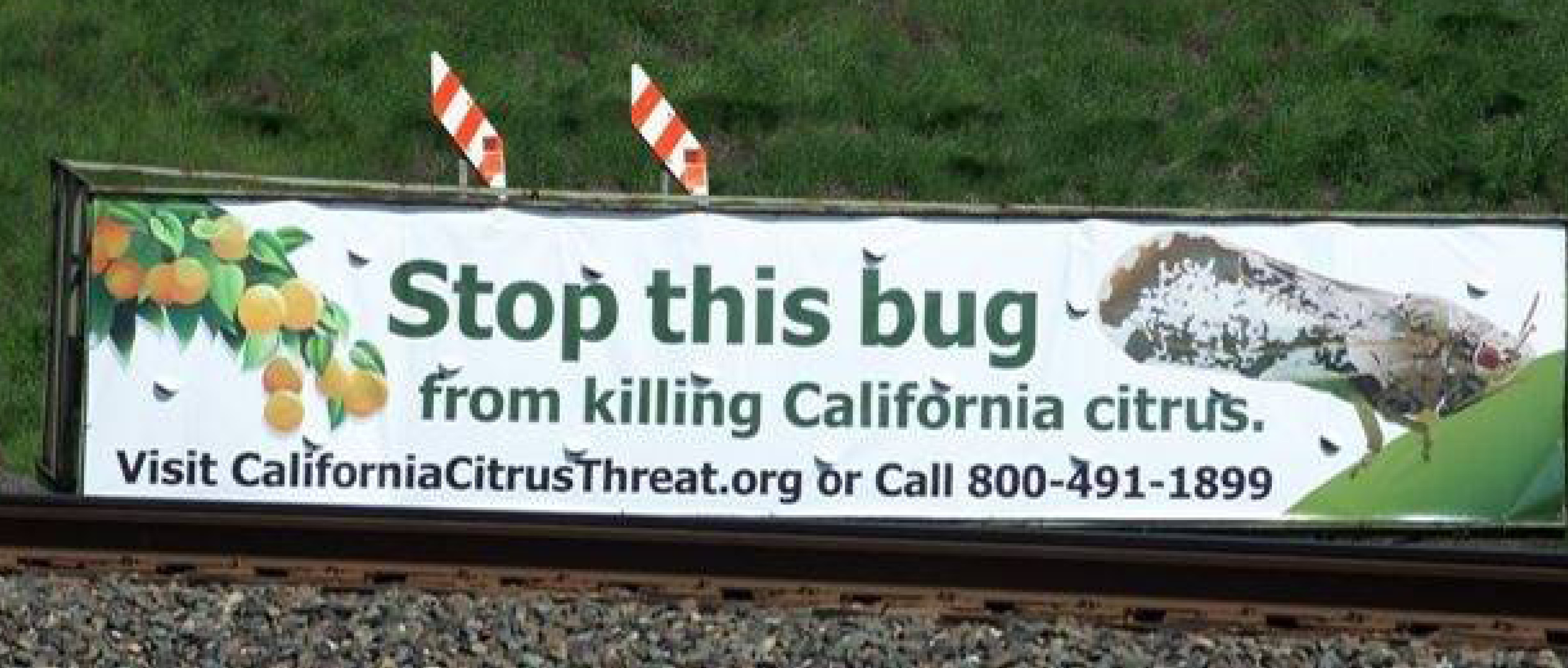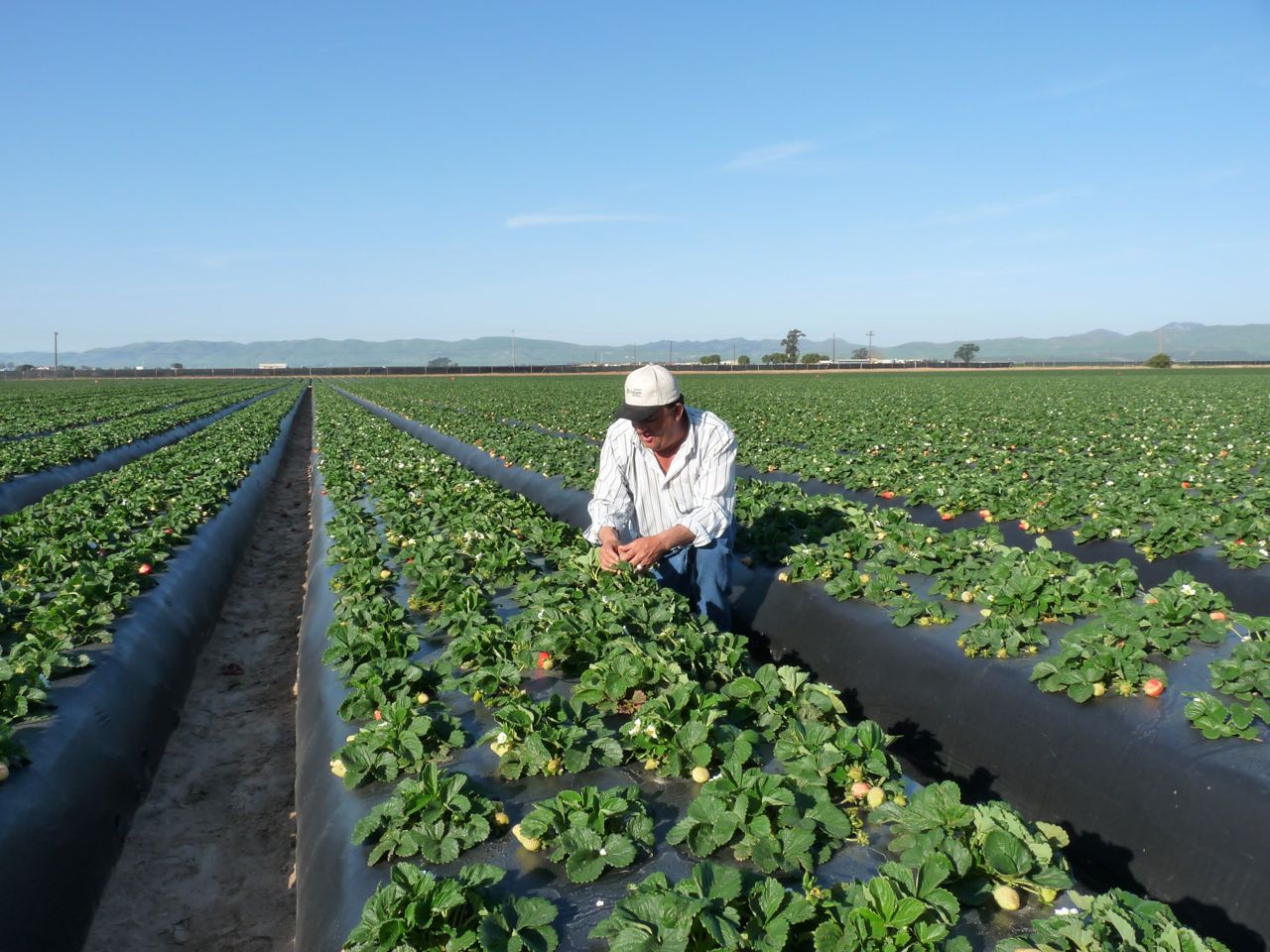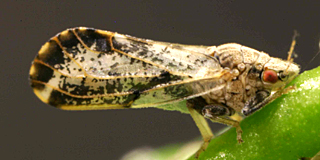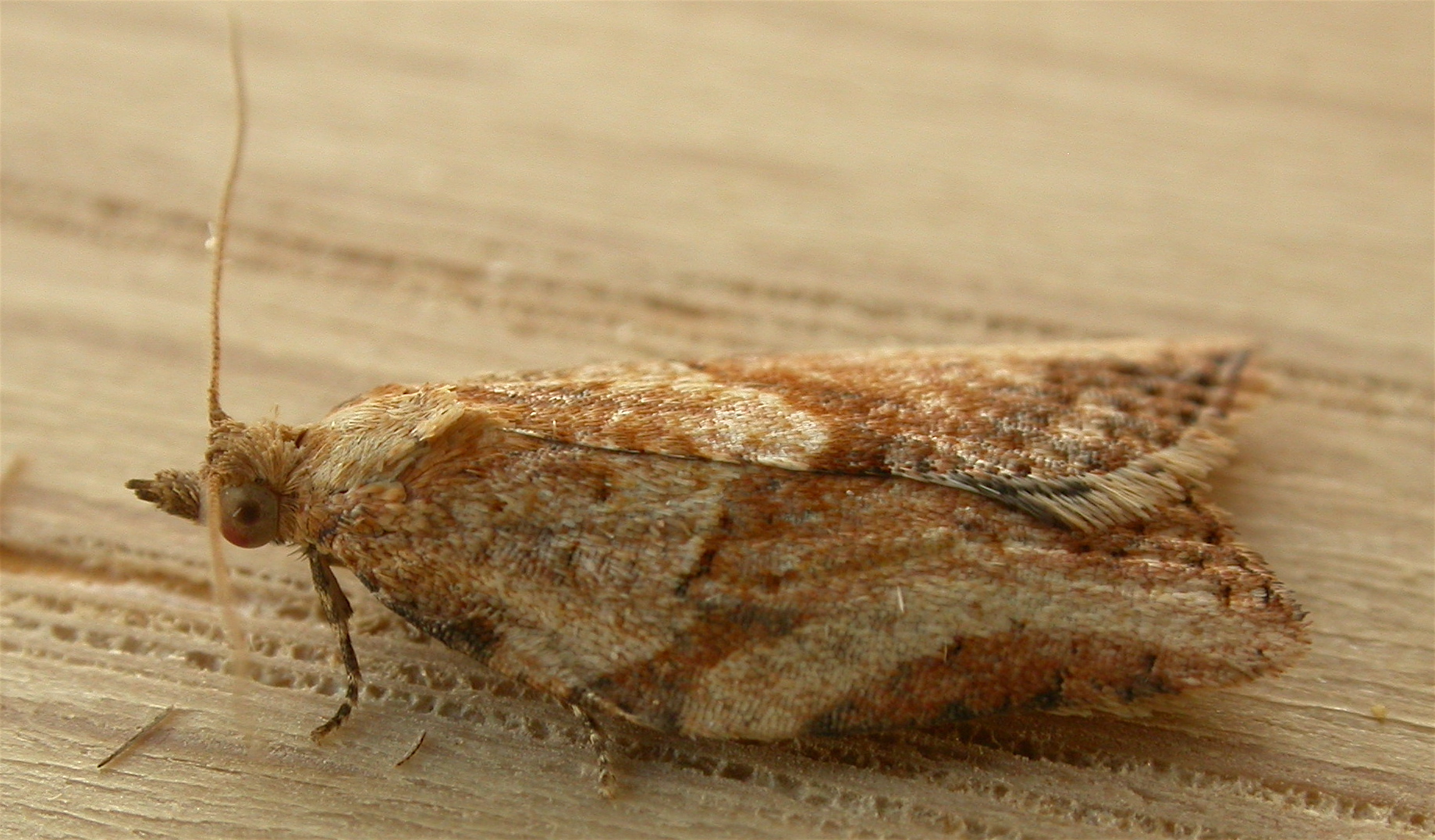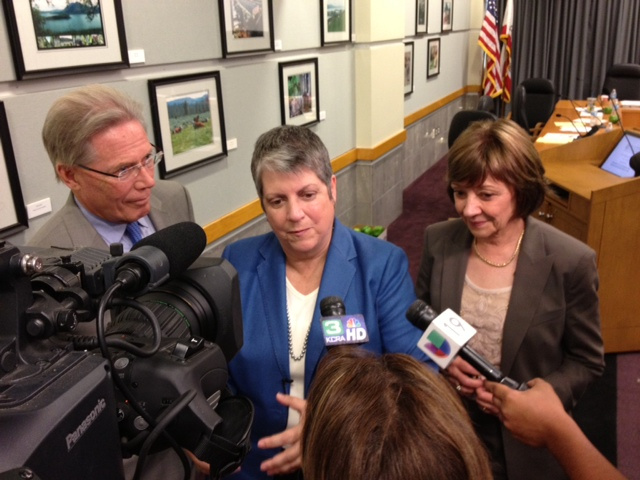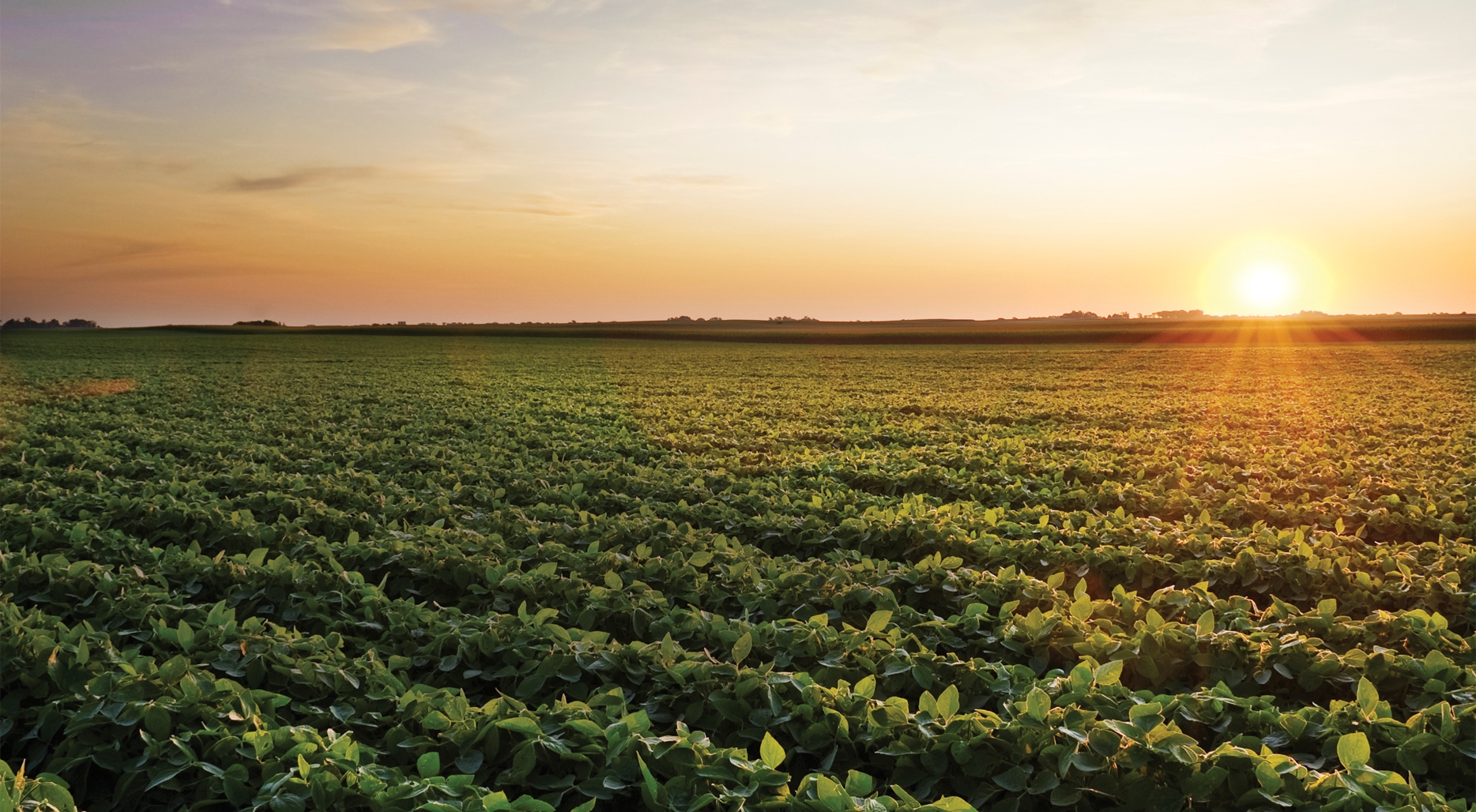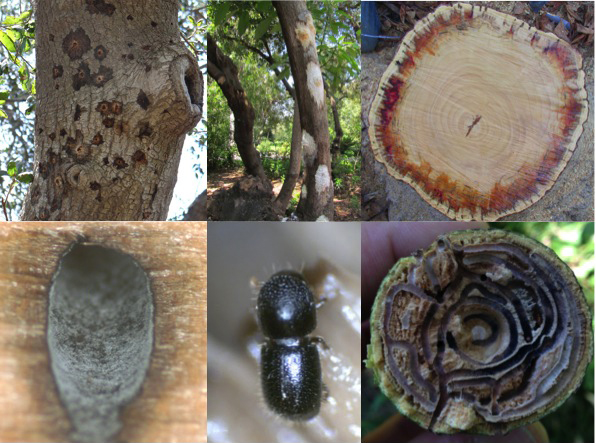Pests and Diseases
Everyone Plays a Part in Protecting California Citrus
Protecting California Citrus
By Victoria Hornbaker; Ag Alert
Recently, the U.S. Department of Agriculture released its final crop estimate for the Florida orange crop, reflecting a reduction of 30 million cartons in total production from the previous season. There is no denying the devastating impact that Huanglongbing has had on the Florida citrus industry since the disease was first discovered in 2005. A drive through Florida citrus country will offer vastly different scenery than that of California’s premier citrus-producing regions.
In some respects, the California citrus industry has been fortunate to learn from the situation in Florida and has taken a very proactive approach to protect itself from a similar fate. In 2009, the industry supported a mandatory self-assessment to fund a comprehensive treatment and trapping program to manage the insect carrier of HLB, the Asian citrus psyllid, and prevent HLB from taking hold.
The Asian citrus psyllid is now endemic throughout a majority of Southern California, particularly in dense, urban areas where citrus trees can be found in six out of every 10 backyards. In March 2012, HLB was discovered for the first time in a backyard citrus tree in Los Angeles County. Although there have not been any additional confirmed cases of HLB since then, as an industry we must remain vigilant statewide in order to protect our $2 billion citrus crop.
Currently, there are eight counties in California that are entirely quarantined for the Asian citrus psyllid: Imperial, Los Angeles, Orange, Riverside, Santa Barbara, San Bernardino, San Diego and Ventura. Additionally, portions of Fresno, Kern, San Luis Obispo and Tulare counties are also under quarantine for the Asian citrus psyllid.
The total quarantined area statewide is now 46,530 square miles. Maps are available online at www.cdfa.ca.gov/plant/go/acp-quarantine.
With a large portion of the state’s commercial citrus production now within quarantine zones, it is increasingly important that growers and packers are up to date on current regulations and protocols, to best manage psyllid populations and prevent the pest from spreading any further.
There are two approved options under the Bulk Fruit Movement Performance Standard available for commercial citrus growers and packers to comply with the quarantined regulations: Remove all leaves and stems/plant debris using a field cleaning machine, or apply a University of California integrated pest management-recommended material within 14 days prior to harvest.
There are no restrictions on moving fruit with leaves and stems if shipping to a packinghouse or processing facility located within the same quarantine boundary.
Asian citrus psyllids can easily “hitchhike” on citrus plant debris, so it’s important that we all do our part to minimize the movement of plant material between work sites. It is strongly recommended that growers and packers work with farm labor contractors, picking crews, pesticide applicators and hedging/topping services to ensure that all equipment, picking bags, field bins, clothing and gloves are free of stems and leaves before leaving the field.
We all have a commonality in agriculture and can understand the pressures posed by invasive insects and diseases. This is a fight that no commodity can win without the support of homeowners and consumers, which is why everyone with a backyard citrus tree should:
- Not move citrus—Do not move citrus plants, plant material or fruit into or out of a quarantine area or across state or international borders.
- Inspect your trees—Inspect your citrus trees for signs of the psyllid or HLB whenever watering, spraying, pruning or otherwise tending to trees.
- Plant responsibly—Plant trees from reputable, licensed California nurseries.
- Talk to your local nursery—Ask about products that are available to help stop the Asian citrus psyllid.
- Graft with care—Use only registered budwood that comes with source documentation.
- Be mindful of clippings—Dry or double-bag plant clippings prior to disposal.
- Cooperate—Cooperate with agricultural officials who are trapping and treating for the Asian citrus psyllid.
By working together, we can help stop the Asian citrus psyllid and protect California citrus from Huanglongbing.

